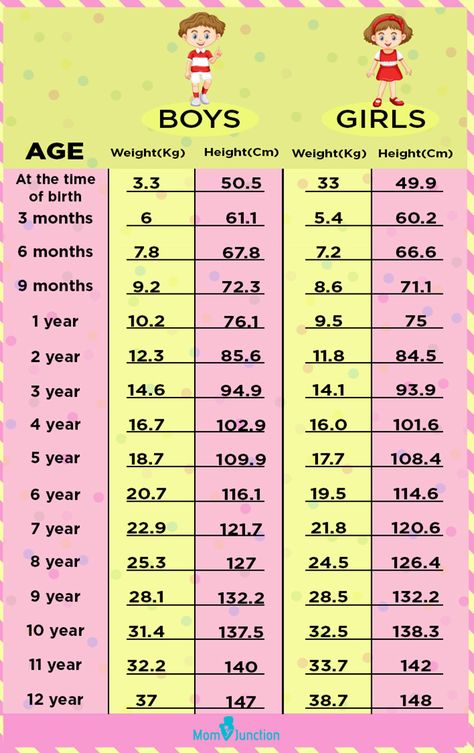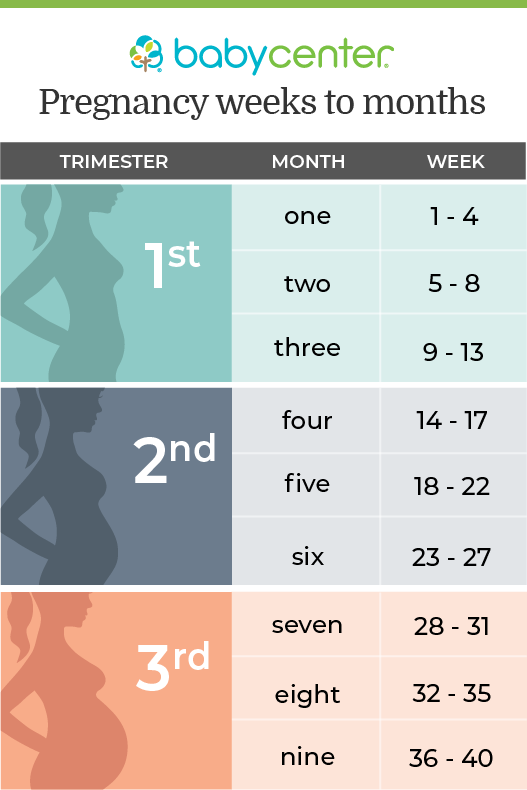Average weight 4 month old girl
Average baby weight: Chart and development
Weight is one indicator of good nutrition and physical development. It can therefore be helpful to know about babies’ average weight month by month.
First, it is worth noting that average weight is not “normal” weight. Just like adults, babies come in all shapes and sizes. If a baby’s weight is in a lower percentile, this does not necessarily signal a problem with their growth or physical development. With this in mind, using a weight chart can help a person generally track their baby’s growth.
The Centers for Disease Control and Prevention (CDC) recommend using the World Health Organization (WHO) weight chart for babies up to 2 years of age.
This article describes the average weight of a baby month by month from birth. It also explores what can affect a baby’s weight.
According to the WHO, the average birth weight of a full-term male baby is 7 pounds (lb) 6 ounces (oz), or 3.3 kilograms (kg). The average birth weight of a full-term female is 7 lb 2 oz, or 3. 2 kg.
The average weight of a baby born at 37–40 weeks ranges from 5 lb 8 oz to 8 lb 13 oz. This is 2.5 to 4 kg.
At delivery, experts consider a low birth weight to be less than 5 lb 8 oz, or 2.5 kg.
It is common for babies to lose around 10% of their weight shortly after birth. This decrease is mostly due to fluid loss and usually nothing to worry about. Most babies gain back this weight within 1 week.
Weight charts can help a person tell what percentile their baby’s weight falls into. For example, if their weight is in the 60th percentile, it means that 40% of babies of the same age and sex weigh more, and 60% of these babies weigh less.
This does not necessarily mean that any baby weighs too much or too little. It can simply indicate where a baby’s weight falls on a spectrum.
The chart below shows baby weights in the 50th percentile. This is the average weight. Male babies tend to weigh a little more than female babies, so the chart is divided by sex.
| Baby age | Female 50th percentile weight | Male 50th percentile weight |
| Birth | 7 lb 2 oz (3.2 kg) | 7 lb 6 oz (3.3 kg) |
| 1 month | 9 lb 4 oz (4.2 kg) | 9 lb 14 oz (4.5 kg) |
| 2 months | 11 lb 5 oz (5.1 kg) | 12 lb 4 oz (5.6 kg) |
| 3 months | 12 lb 14 oz (5.8 kg) | 14 lb 1 oz (6.4 kg) |
| 4 months | 14 lb 3 oz (6.4 kg) | 15 lb 7 oz (7.0 kg) |
| 5 months | 15 lb 3 oz (6.9 kg) | 16 lb 9 oz (7.5 kg) |
| 6 months | 16 lb 1 oz (7.3 kg) | 17 lb 8 oz (7.9 kg) |
| 7 months | 16 lb 14 oz (7.6 kg) | 18 lb 5 oz (8.3 kg) |
| 8 months | 17 lb 8 oz (7.9 kg) | 18 lb 15 oz (8.6 kg) |
| 9 months | 18 lb 2 oz (8.2 kg) | 19 lb 10 oz (8.9 kg) |
| 10 months | 18 lb 11 oz (8.5 kg) | 20 lb 3 oz (9.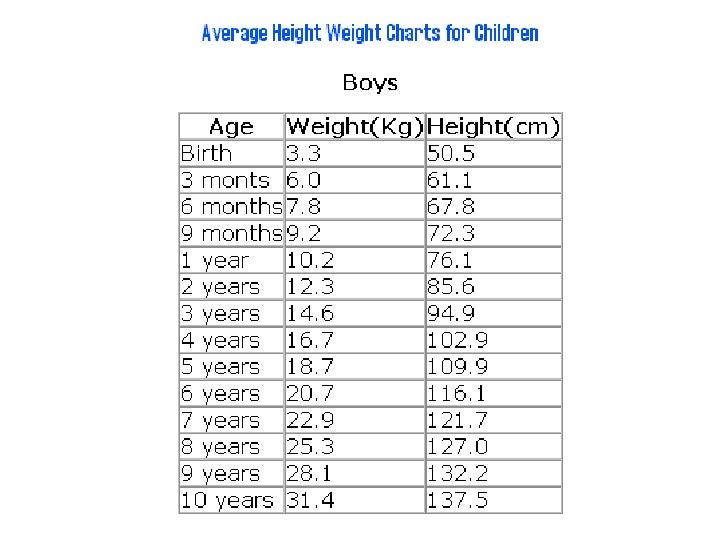 2 kg) 2 kg) |
| 11 months | 19 lb 4 oz (8.7 kg) | 20 lb 12 oz (9.4 kg) |
| 12 months | 19 lb 12 oz (8.9 kg) | 21 lb 4 oz (9.6 kg) |
Babies grow and gain weight the fastest within the first 6 months of life. Although this can vary, babies tend to gain around 4–7 oz, or 113–200 grams (g), per week in the first 4–6 months.
Weight gain then slows slightly, with an average gain of around 3–5 oz (about 85–140 g) per week when the baby is 6–18 months. On average, babies triple their birth weight by their first birthday.
Growth patterns do not follow a clear schedule, however.
Some babies gain weight steadily and stay in the same percentile, or close to it, for several months. Others gain weight rapidly, signalling a growth spurt, which can happen at any time. This may move a baby into a new weight percentile.
It is important not to focus on weight as the only indicator of physical development. Other measurements of this development include the baby’s length and head circumference.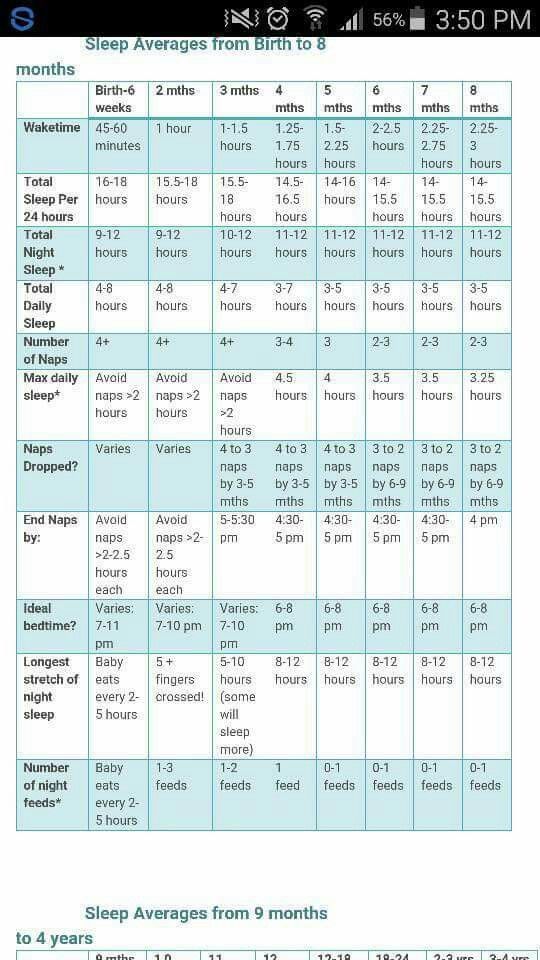
Considering all three measurements gives doctors an idea about how the baby is growing, compared with other babies of the same age and sex.
Meanwhile, it is also important to keep other developmental milestones in mind. Various checklists of milestones by age are available, including one from Pathways.org, which is endorsed by organizations such as the American Academy of Pediatrics and the National Association of Pediatric Nurse Practitioners.
For anyone looking for more information about what influences the weight of a baby, several factors can be involved, including:
Sex
Male newborns tend to be bigger than female newborns, and they typically gain weight a little faster during infancy.
Nutrition
Weight gain and growth rates can also depend on whether the baby consumes breast milk or formula.
The American Academy of Pediatrics notes that breastfed babies gain weight and grow faster than formula-fed babies during the first 6 months.
However, that rate can shift during the next 6 months. Breastfed babies may gain weight and grow more slowly than formula-fed babies when they are aged 6 months to 1 year.
Breastfed babies may gain weight and grow more slowly than formula-fed babies when they are aged 6 months to 1 year.
Medical conditions
Underlying health issues can cause a baby to gain weight more slowly. For example, babies with congenital heart irregularities may gain weight at a slower rate than babies without this condition.
Health issues that affect nutrient absorption or digestion, such as celiac disease, may also lead to slow weight gain.
Prematurity
Babies born prematurely may grow and gain weight more slowly during their first year than babies born at full term.
However, many babies born prematurely gain weight rapidly and “catch up” by about their first birthday.
The average birth weight for full-term male babies is 7 lb 6 oz, or 3.3 kg. For female babies born full-term, the average birth weight is 7 lb 2 oz, or 3.2 kg.
Baby weight charts can help a healthcare team track a baby’s physical development by comparing the baby’s weight with the weights of others of the same age and sex.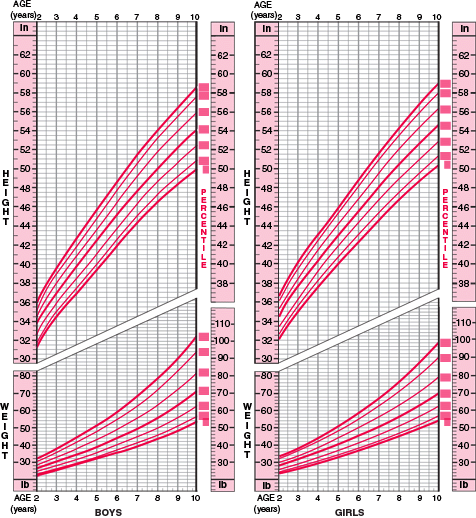
Still, a doctor usually looks for steady growth, rather than a target percentile, when assessing a baby’s physical development. And even if a baby’s weight is in a lower percentile, they will not necessarily be a small adult — just as longer babies do not necessarily become tall adults.
Knowing about average weights by month can help people gauge their babies’ physical development, but doctors also look for other important indicators, such as length and head circumference.
Healthcare professionals also take into account whether a baby is generally hitting other milestones on time. And by taking a detailed medical history, they can rule out any medical conditions or nutritional considerations that may be preventing a baby from gaining weight appropriately.
Average baby weight: Chart and development
Weight is one indicator of good nutrition and physical development. It can therefore be helpful to know about babies’ average weight month by month.
First, it is worth noting that average weight is not “normal” weight.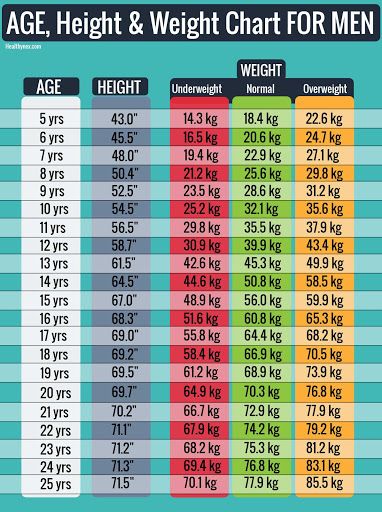 Just like adults, babies come in all shapes and sizes. If a baby’s weight is in a lower percentile, this does not necessarily signal a problem with their growth or physical development. With this in mind, using a weight chart can help a person generally track their baby’s growth.
Just like adults, babies come in all shapes and sizes. If a baby’s weight is in a lower percentile, this does not necessarily signal a problem with their growth or physical development. With this in mind, using a weight chart can help a person generally track their baby’s growth.
The Centers for Disease Control and Prevention (CDC) recommend using the World Health Organization (WHO) weight chart for babies up to 2 years of age.
This article describes the average weight of a baby month by month from birth. It also explores what can affect a baby’s weight.
According to the WHO, the average birth weight of a full-term male baby is 7 pounds (lb) 6 ounces (oz), or 3.3 kilograms (kg). The average birth weight of a full-term female is 7 lb 2 oz, or 3.2 kg.
The average weight of a baby born at 37–40 weeks ranges from 5 lb 8 oz to 8 lb 13 oz. This is 2.5 to 4 kg.
At delivery, experts consider a low birth weight to be less than 5 lb 8 oz, or 2.5 kg.
It is common for babies to lose around 10% of their weight shortly after birth.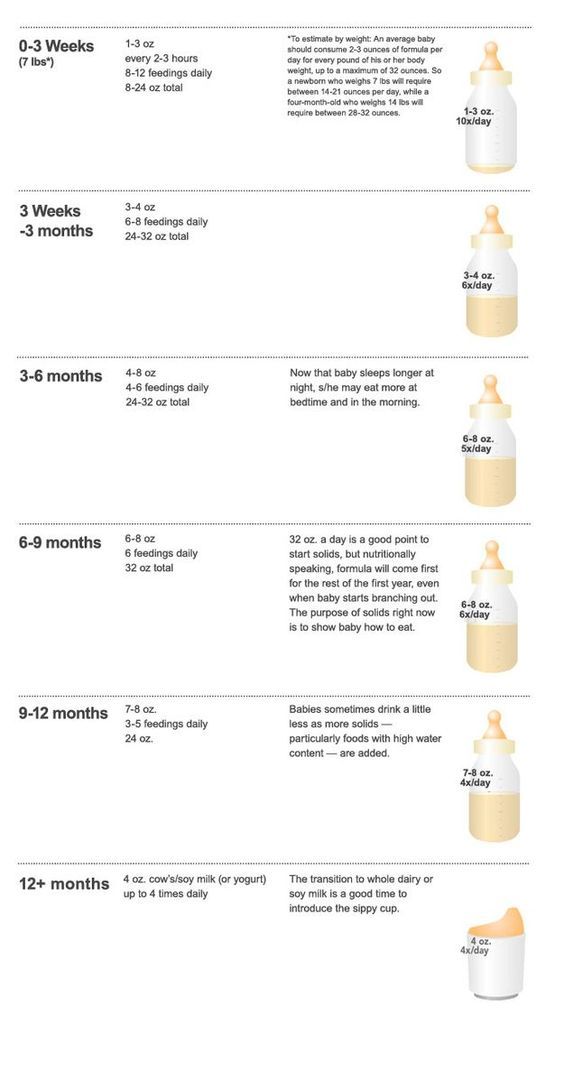 This decrease is mostly due to fluid loss and usually nothing to worry about. Most babies gain back this weight within 1 week.
This decrease is mostly due to fluid loss and usually nothing to worry about. Most babies gain back this weight within 1 week.
Weight charts can help a person tell what percentile their baby’s weight falls into. For example, if their weight is in the 60th percentile, it means that 40% of babies of the same age and sex weigh more, and 60% of these babies weigh less.
This does not necessarily mean that any baby weighs too much or too little. It can simply indicate where a baby’s weight falls on a spectrum.
The chart below shows baby weights in the 50th percentile. This is the average weight. Male babies tend to weigh a little more than female babies, so the chart is divided by sex.
| Baby age | Female 50th percentile weight | Male 50th percentile weight |
| Birth | 7 lb 2 oz (3.2 kg) | 7 lb 6 oz (3.3 kg) |
| 1 month | 9 lb 4 oz (4.2 kg) | 9 lb 14 oz (4.5 kg) |
| 2 months | 11 lb 5 oz (5.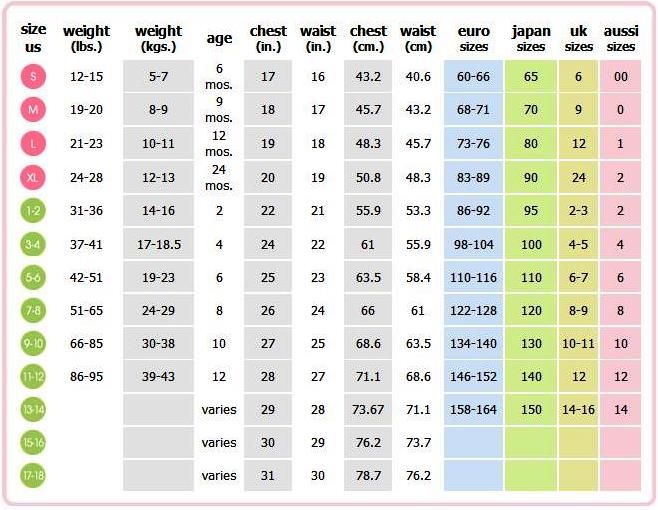 1 kg) 1 kg) | 12 lb 4 oz (5.6 kg) |
| 3 months | 12 lb 14 oz (5.8 kg) | 14 lb 1 oz (6.4 kg) |
| 4 months | 14 lb 3 oz (6.4 kg) | 15 lb 7 oz (7.0 kg) |
| 5 months | 15 lb 3 oz (6.9 kg) | 16 lb 9 oz (7.5 kg) |
| 6 months | 16 lb 1 oz (7.3 kg) | 17 lb 8 oz (7.9 kg) |
| 7 months | 16 lb 14 oz (7.6 kg) | 18 lb 5 oz (8.3 kg) |
| 8 months | 17 lb 8 oz (7.9 kg) | 18 lb 15 oz (8.6 kg) |
| 9 months | 18 lb 2 oz (8.2 kg) | 19 lb 10 oz (8.9 kg) |
| 10 months | 18 lb 11 oz (8.5 kg) | 20 lb 3 oz (9.2 kg) |
| 11 months | 19 lb 4 oz (8.7 kg) | 20 lb 12 oz (9.4 kg) |
| 12 months | 19 lb 12 oz (8.9 kg) | 21 lb 4 oz (9.6 kg) |
Babies grow and gain weight the fastest within the first 6 months of life. Although this can vary, babies tend to gain around 4–7 oz, or 113–200 grams (g), per week in the first 4–6 months.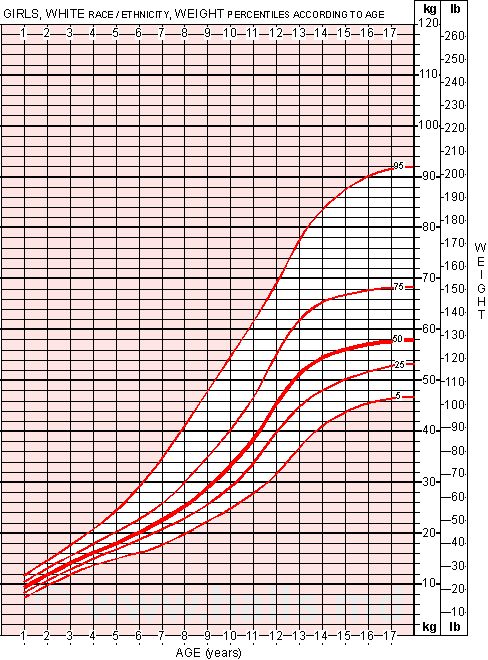
Weight gain then slows slightly, with an average gain of around 3–5 oz (about 85–140 g) per week when the baby is 6–18 months. On average, babies triple their birth weight by their first birthday.
Growth patterns do not follow a clear schedule, however.
Some babies gain weight steadily and stay in the same percentile, or close to it, for several months. Others gain weight rapidly, signalling a growth spurt, which can happen at any time. This may move a baby into a new weight percentile.
It is important not to focus on weight as the only indicator of physical development. Other measurements of this development include the baby’s length and head circumference.
Considering all three measurements gives doctors an idea about how the baby is growing, compared with other babies of the same age and sex.
Meanwhile, it is also important to keep other developmental milestones in mind. Various checklists of milestones by age are available, including one from Pathways. org, which is endorsed by organizations such as the American Academy of Pediatrics and the National Association of Pediatric Nurse Practitioners.
org, which is endorsed by organizations such as the American Academy of Pediatrics and the National Association of Pediatric Nurse Practitioners.
For anyone looking for more information about what influences the weight of a baby, several factors can be involved, including:
Sex
Male newborns tend to be bigger than female newborns, and they typically gain weight a little faster during infancy.
Nutrition
Weight gain and growth rates can also depend on whether the baby consumes breast milk or formula.
The American Academy of Pediatrics notes that breastfed babies gain weight and grow faster than formula-fed babies during the first 6 months.
However, that rate can shift during the next 6 months. Breastfed babies may gain weight and grow more slowly than formula-fed babies when they are aged 6 months to 1 year.
Medical conditions
Underlying health issues can cause a baby to gain weight more slowly. For example, babies with congenital heart irregularities may gain weight at a slower rate than babies without this condition.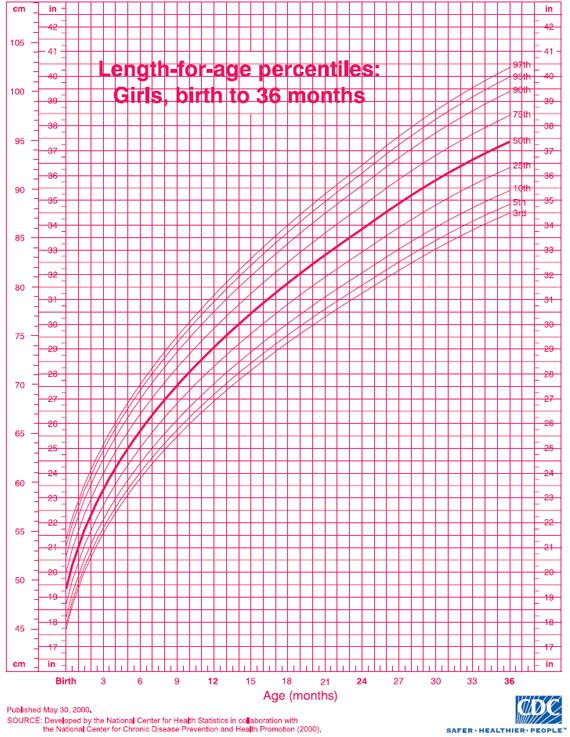
Health issues that affect nutrient absorption or digestion, such as celiac disease, may also lead to slow weight gain.
Prematurity
Babies born prematurely may grow and gain weight more slowly during their first year than babies born at full term.
However, many babies born prematurely gain weight rapidly and “catch up” by about their first birthday.
The average birth weight for full-term male babies is 7 lb 6 oz, or 3.3 kg. For female babies born full-term, the average birth weight is 7 lb 2 oz, or 3.2 kg.
Baby weight charts can help a healthcare team track a baby’s physical development by comparing the baby’s weight with the weights of others of the same age and sex.
Still, a doctor usually looks for steady growth, rather than a target percentile, when assessing a baby’s physical development. And even if a baby’s weight is in a lower percentile, they will not necessarily be a small adult — just as longer babies do not necessarily become tall adults.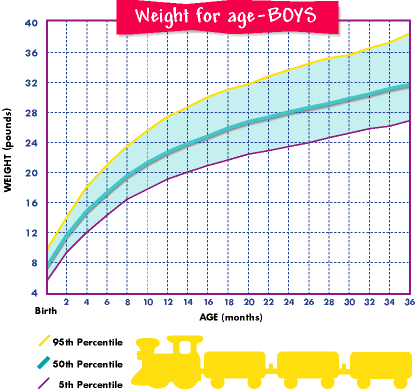
Knowing about average weights by month can help people gauge their babies’ physical development, but doctors also look for other important indicators, such as length and head circumference.
Healthcare professionals also take into account whether a baby is generally hitting other milestones on time. And by taking a detailed medical history, they can rule out any medical conditions or nutritional considerations that may be preventing a baby from gaining weight appropriately.
Development of a child at the 4th (fourth) month of life: what a child should be able to do
At 4 months, the child's senses become more acute. He can focus on distant things or people, appreciate the distance between them. He begins to listen to his desires and already wants to reach out to the objects of interest to him. This ability will constantly improve until the 6th month. Parents have fun watching the development of a child at 4 months old, he laughs a lot, chats, “cooks”.
Dry initial milk formula adapted by Valio Baby 1 NutriValio for feeding children from birth to 6 months Read more
Follow-up dry milk formula adapted by Valio Baby 2 NutriValio for feeding children from 6 to 12 months More
Dry milk drink "Baby milk" Valio Baby 3 NutriValio for feeding children over 12 months Read more
[1] The World Health Organization recommends breastfeeding only for at least 6 months to prevent childhood obesity.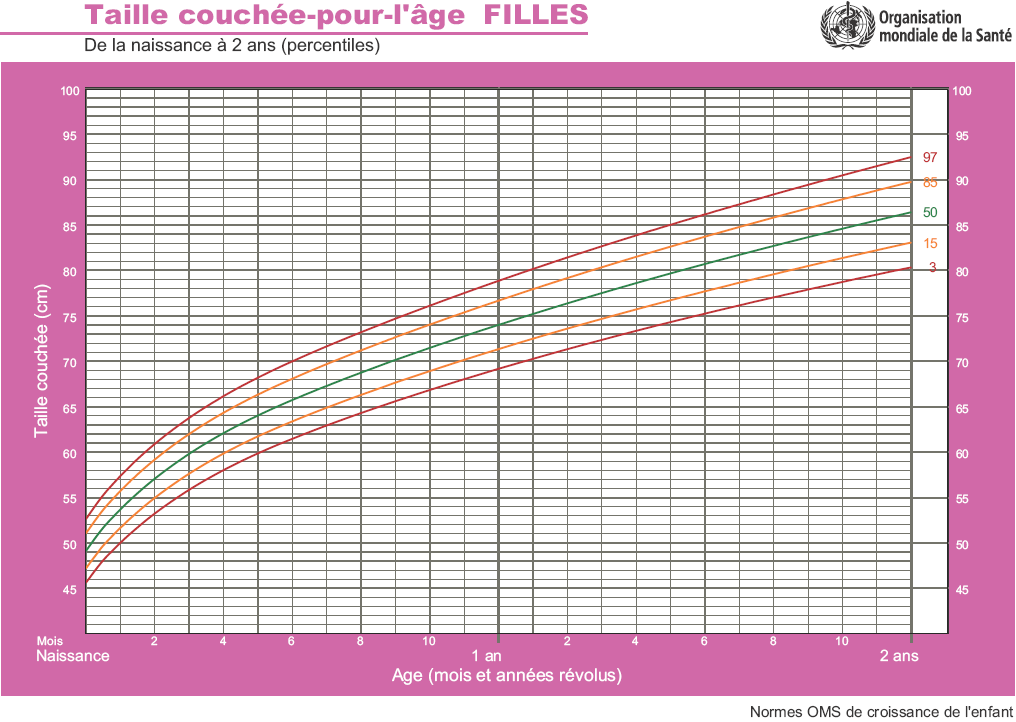
What a child should be able to do at 4 months
Each baby develops individually, however, there are some rules that indicate what a child who is 4 months old should be able to do:
- At 16 weeks, the grasp reflex becomes dull. All subsequent attempts to grab the object occur already consciously. This means that up to 4 months the baby grabbed objects unconsciously, and now he squeezes only things of interest to him in the pen.
- Interest in objects is growing. Holding a toy in his hand, the child does not just squeeze it, he tries to examine, focus, study it in detail.
- Improves the ability to control the body. The baby actively rolls over on his stomach and back. Spatial awareness and muscle strength improve with this new movement. Take care of the safety of the crumbs, organize the space in the house so that he can explore the world around him - make sure that the child does not have direct access to open electrical outlets and wires, it is advisable to remove pet food bowls away, install protective corners on cabinets to limit the access of a curious child to the contents, to remove piercing and cutting objects away.
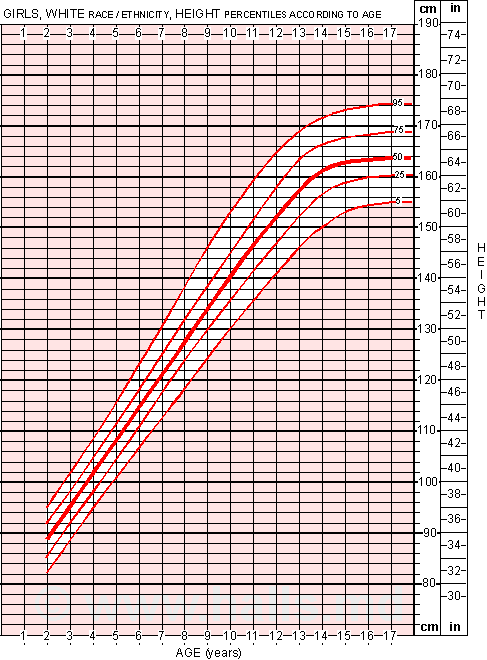 In the event that for some reason parents do not have the opportunity to organize the safest space in the house, as an alternative, you can purchase a playpen.
In the event that for some reason parents do not have the opportunity to organize the safest space in the house, as an alternative, you can purchase a playpen. - There are attempts to sit. You can observe how the child makes attempts to rise, as if trying to sit down. Modern pediatricians draw the attention of parents that they should not help the baby sit down, he must do this on his own.
- •First crawling attempts observed. If the baby is lying on his stomach, you can see how he tries to push off with his legs in an attempt to crawl away. There is progress in the auditory and visual systems. At 16-17 weeks, vision improves, now the baby sees objects at a distance of three meters. The perception of sounds improves, the baby begins to understand their diversity, listens, tries to imitate.
- The speech apparatus is developing. The child begins to pronounce syllables that resemble short words, tries to copy the conversation of adults. His sociality increases - when communicating, the baby uses facial expressions, you can hear a kind of babble.

In some children, teething begins in the fourth month, which is manifested by increased secretion of saliva. However, the first teeth can be seen not earlier than 24 weeks. In a four-month-old child, the stomach begins to increase in size. Therefore, it can be breastfed less often. For many, the frequency of feeding is reduced to four to five times a day. Now the baby is more and more interested in the environment, often distracted in the process of feeding.
Skills and abilities of a child at 4 months
Four months is an important period in sensory development. The child gradually ceases to squint and look a little cross-eyed. Instead, the baby purposefully directs his gaze to faces and objects of interest to him. If he finally has the desired item in his hand, he will examine it and then put it in his mouth. At this age, kids play with their feet, hands and have fun, already requiring the constant attention of their parents.
Baby skills at 4 months:
- reacts emotionally to events and communication with him;
- begins to distinguish parents from strangers;
- the child's activity in communication increases, rejoices at the sight of other children;
- concentration of attention increases, there is an interest in looking at bright objects;
- can show feelings such as surprise, disappointment, curiosity;
- actively explores the world through tactile sensations.
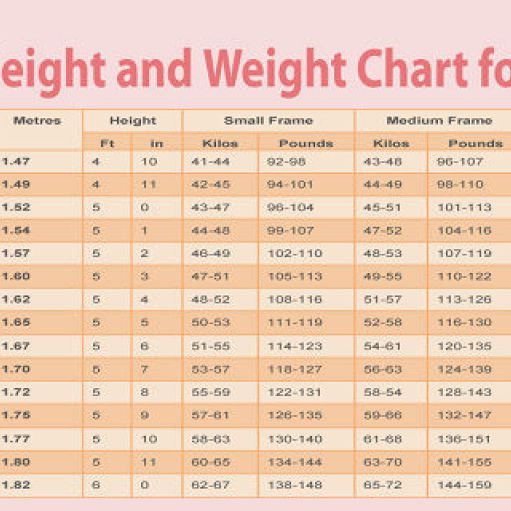 Any items that fall into the hands of the child are tested for taste, hardness. It is important to ensure that all toys are as clean as possible, it is recommended to wash them with soap and water several times a day.
Any items that fall into the hands of the child are tested for taste, hardness. It is important to ensure that all toys are as clean as possible, it is recommended to wash them with soap and water several times a day.
Child's height at 4 months
Child height at 4 months according to pediatrician statistics:
- Boys: 58.6 cm to 64.6 cm
- Girls: 58.3 cm to 64.1 cm
The head circumference in boys at 16 weeks increases to 41-43 cm, in girls - 39-42 cm. [2]
Child height at 4 months according to WHO statistics:
- Boys: 59.8 cm to 68.1 cm
- Girls: 57.6 cm to 66.3 cm
Boys head circumference 39-44 cm, girls 38-43 cm.
How much should a baby weigh at 4 months
Pediatrician's weight at 4 months:
- Boys: 5.4 kg to 7.7 kg
- Girls: 5.3 kg to 7.1 kg
Weight at 4 months according to WHO:
- Boys: 5.
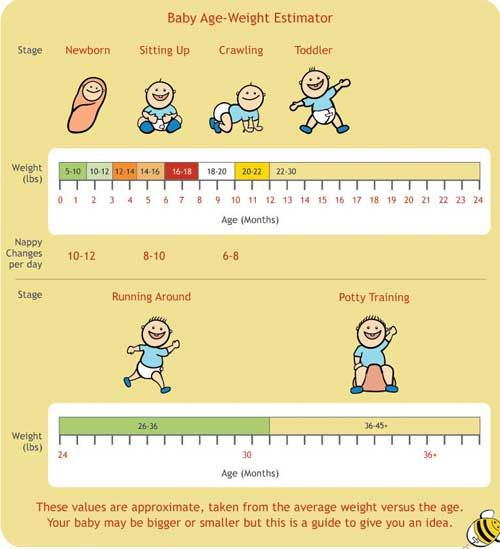 5 kg to 8.6 kg
5 kg to 8.6 kg - Girls: 5.1 kg to 8.1 kg
If the doctor determines a lag in weight gain, which is associated with an insufficient amount of mother's milk, a diagnosis of worsening lactation is carried out. If the problem cannot be eliminated, supplementary feeding is prescribed - milk formulas, donor milk.
Mental development of a child 4 months
The mental development of a child at 4 months is characterized by the appearance of a "complex of revival" - a violent, emotional reaction to positive communication. The child reacts especially brightly to the appearance of his mother, smiles at her and knows how to easily distinguish strangers among the crowd. The hearing aid continues to develop, the child recognizes familiar voices and is wary of strangers. May be frightened when approached by a stranger.
According to the results of a study by V. Ftenakis, fathers who communicate more with their sons in the first months of life have a positive impact on the cognitive development of the child.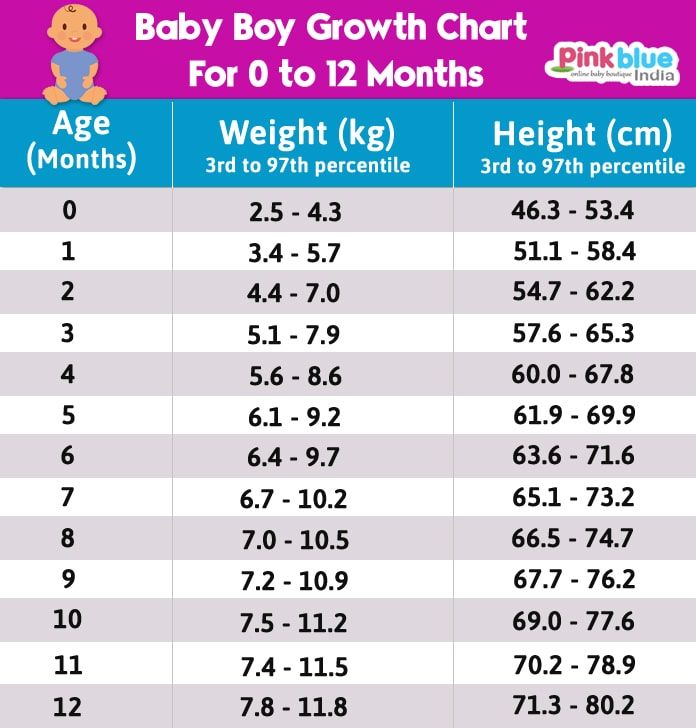
There are other changes in the child's behavior:
- turns to look at mother when she hears her voice;
- distinguishes children from adults, can touch a passing child;
- begins to show signs of personality;
- demands attention from parents more insistently;
- draws attention to very small objects;
- recognizes the sound of its own name.
Most children will double their weight by this age and sleep longer. Parents will have a more predictable sleep and feeding schedule for their baby.
Four month old baby care
At the 4th or 5th month, on the recommendation of a pediatrician, the third partial vaccination against rotaviruses and pneumococci is carried out. On the recommendation of a pediatrician, it is possible to prescribe the first meningococcal vaccine.
Important points when caring for a baby at 4 months:
- Because the baby is more upright, he can tolerate feeding without burping.
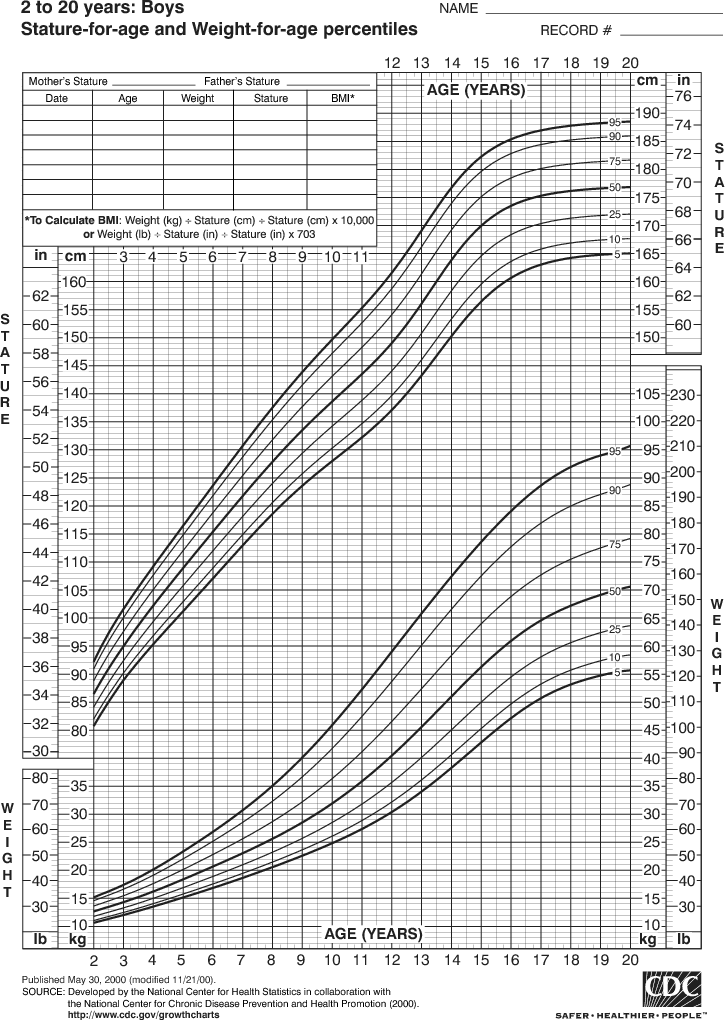
- During the warm season, the child should be protected from insect bites. Most insect repellents are safe to use from two months on. But it is recommended to resort to natural remedies. It can be essential oils of clove, eucalyptus, mint added to baby cream.
- Hygiene remains an important issue. As in the second and third months, full bathing should be no more than twice a week. Baby's skin is still sensitive and frequent bathing can cause the pH level to drop, often resulting in increased dryness.
At 4 months, parents may be faced with such a concept as sleep regression. Regression is the result of a "growth spurt" in the brain and body of a child, and is temporary. Therefore, to cope with this phenomenon, you should adhere to the previous sleep regimen.
Your child will have a scheduled fourth pediatric visit this month which includes:
- complete medical examination with special attention to the hip joints;
- child growth and development study;
- overview of feeding and sleep schedules;
- measurement of height, weight and head circumference.

The next check-up with the pediatrician will take place at the age of 6 months.
Common health problems at this age may include colds, intestinal colic, stomatitis.
At 4 months the child becomes sociable and purposeful. Children at this age love to babble, scream, imitate the sounds they hear. They love to play and copy the movements of others. Each child is individual and may meet developmental milestones a little earlier or later than their peers. This should not be scared, continue to play with him, communicate and pay attention. [3]
You might be interested in reading an article on baby development at 5 months.[1] WHO recommendations on feeding: https://www.who.int/topics/breastfeeding/en/
[2] WHO recommendations on feeding: https://www.who.int/topics/breastfeeding/en/
[3] John Gottman: The Emotional Intelligence of the Child; Sergey Maksimovich: Complete course of children's health
4.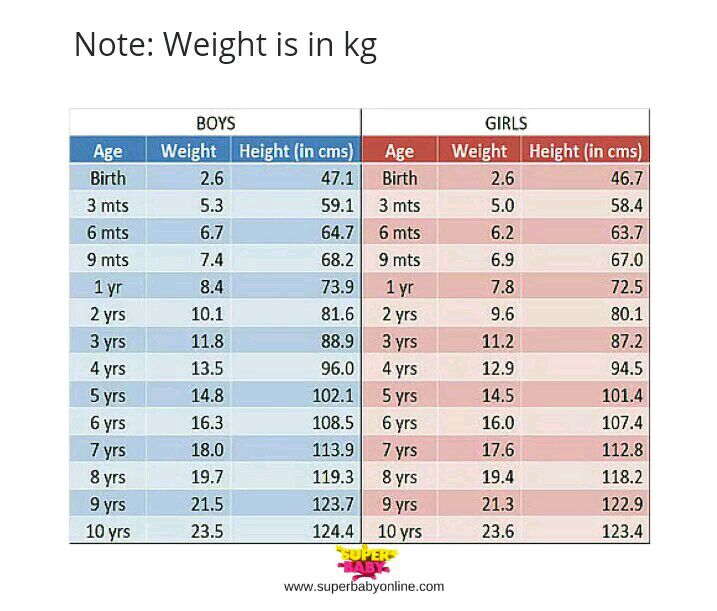 5 4
5 4
Share:
Weight and height of a child by months up to a year - Table of weight norms for babies
A young mother often worries about whether her baby is developing correctly. And the weight of the child is one of the “sick” questions that often comes up on the playground.
Undoubtedly, how much a newborn is gaining weight is really important to know. But remember that the height and weight of the child are individual indicators. And they may not always fit into beautiful statistics. Although the approximate norm for the weight of a newborn is calculated based on general values.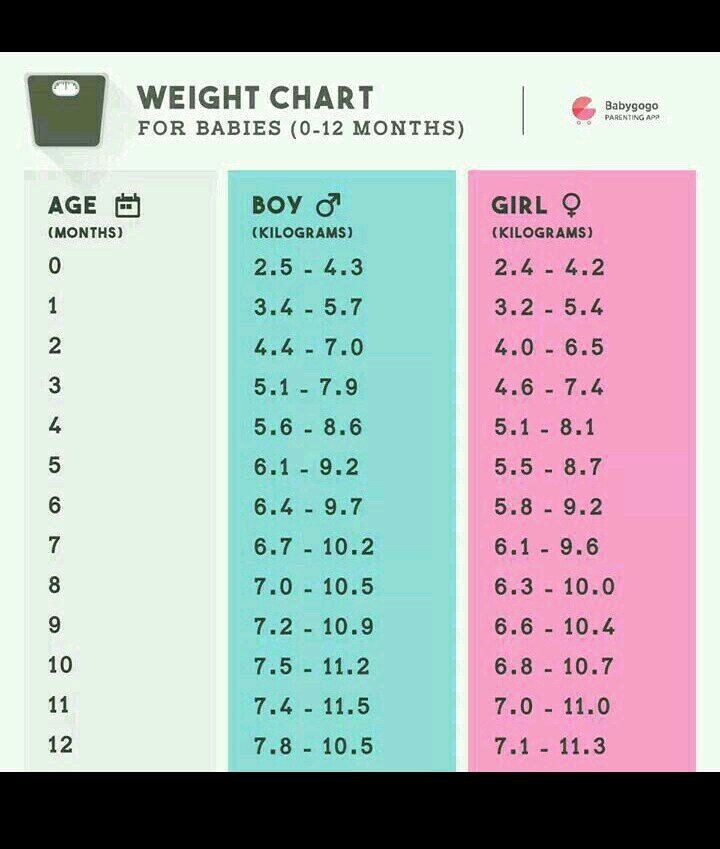 Doctors who carry out regular weighing of a newborn also have their own guidelines.
Doctors who carry out regular weighing of a newborn also have their own guidelines.
The table below shows the height and weight of the newborn by month. The figures take into account statistical data and recommendations of pediatricians (the discrepancy, by the way, is only 3%).
| Child's age, months | Boy, weight, g | Boy, height, cm | Girl, weight, g | Girl, height, cm |
|---|---|---|---|---|
| Newborn | 3 600 | fifty | 3400 | 49.5 |
| 1 month | 4 450 | 54.5 | 4 150 | 53.5 |
| 2 month | 5 250 | 58 | 4 900 | 56.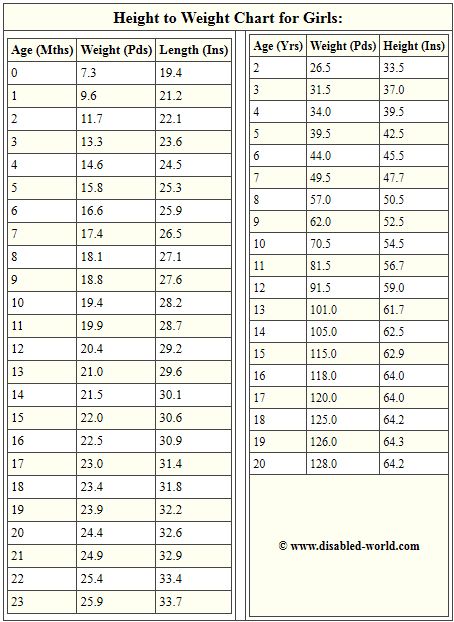 8 8 |
| 3 month | 6050 | 61 | 5 500 | 59.3 |
| 4 month | 6 700 | 63 | 6 150 | 61.5 |
| 5 month | 7 300 | 65 | 6 650 | 63.4 |
| 6 month | 7 900 | 67 | 7 200 | 65.3 |
| 7 month | 8 400 | 68.7 | 7 700 | 66.9 |
| 8 month | 8 850 | 70.3 | 8 100 | 68.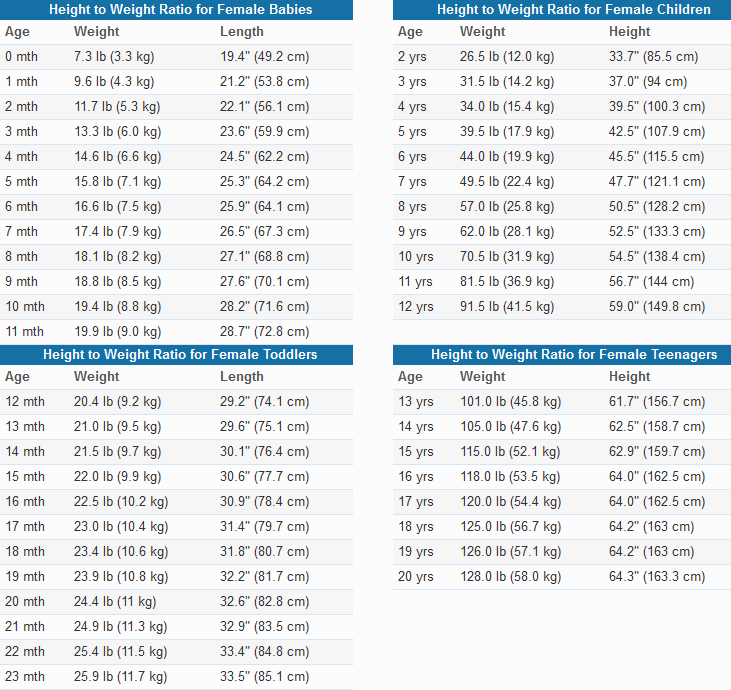 4 4 |
| 9 month | 9 250 | 71.7 | 8 500 | 70 |
| 10 month | 9 650 | 73 | 8 850 | 71.3 |
| 11 month | 10,000 | 74.3 | 9 200 | 72.6 |
| 12 month | 10 300 | 75.5 | 9 500 | 73.8 |
To use the table, you should know how to weigh a newborn correctly. Before turning on the scales, you need to remove all foreign objects from the bowl, otherwise you will get distorted data. Although you can leave a diaper on it and then press the "Tara" button to reset the result.